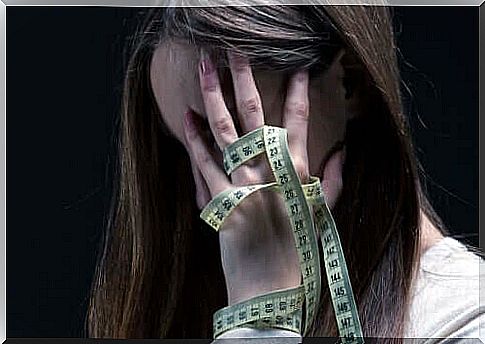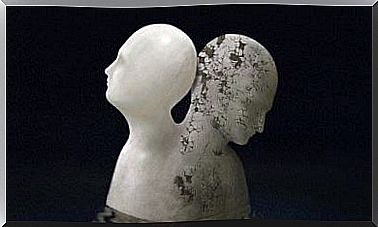Maudsley Model For Anorexia Nervosa In Boys

The Maudsley model consists of family therapy for anorexia disorder in minors. It was defined by Christopher Dare and his colleagues at London’s Maudsley Hospital.
Anorexia nervosa (AN) was first recognized more than 125 years ago. Today it continues to baffle patients and family members, and perplex doctors. The treatments normally used are effective for weight recovery.
They do, however, tend to be detrimental to the adolescent’s family, social and educational life. In addition to this, weight gain alone is not enough to heal and eradicate possible relapses.
The Maudsley model for nervous anorexia is an alternative and highly effective outpatient method to expensive hospitalization programs, according to Maudsley Hospital. It is aimed at regaining the weight of the adolescent and correcting his development trajectory.

The Maudsley model for the treatment of anorexia in adolescence
Few clinical trials have been conducted to date to explore effective outpatient treatments for adolescents with anorexia. Although the research is not extensive, recently published reports on treating adolescent anorexia nervosa with the Maudsley model have been encouraging.
Following a thorough review conducted by the NICE Institute in the UK, it emerged that all health systems should prioritize the use of anorexia-centered family therapy, just like the Maudsley model. In this regard, manuals and books aimed directly at parents have been written.
The Maudsley model also has the goal of correcting the erroneous attribution of blame. In other words, family members and patients are not held responsible for the eating disorder. A theoretically agnostic approach is therefore adopted on the etiology of the disorder.
Phases of the Maudsley model
The Maudsley model envisages three well-defined phases lasting 15-20 sessions, for a total period of approximately 12 months.
Phase I: weight recovery
In Phase I, also known as the weight recovery phase, the therapist focuses on the dangers of severe malnutrition associated with anorexia nervosa. Symptoms such as hypothermia, growth hormone changes, heart dysfunction, and cognitive and emotional changes are treated.
The interaction patterns between patient and family and their eating habits are also evaluated. The therapist does everything possible to guide parents to help the adolescent regain weight. The first phase consists above all in teaching parents how to manage and facilitate the recovery of weight by the child.
Another important aspect is the rapprochement with the brothers and with the circle of friends. The adolescent is supported in creating stronger and age-appropriate relationships, freeing him from an oppressive parental relationship.
Phase II: restoring control over nutrition to the adolescent
Parents need to loosen their grip on their child at this stage to help him regain control of his diet. Although symptoms are still the focus of discussions between therapist and family, weight gain is encouraged with minimal tension.
At this stage all the other general difficulties that affect the family begin to emerge. Daily worries can now be addressed. In particular, the effect of some of these problems on the goal of weight recovery is analyzed.
Phase III: Establish a Healthy Identity for the Teenager
Phase III begins when the adolescent is able to maintain weight above 95% of ideal weight. The treatment now moves on to analyzing the impact that anorexia nervosa has had on the individual. We try to create a healthy identity for the adolescent, addressing all the central problems of adolescence and favoring the development of greater autonomy.
It works on developing appropriate parental boundaries, as well as on how parents will reorganize their lives together after their child is eventually estranged.

The promise of the Maudsley model
To sum up, the Maudsley model is a promising approach for most teens who have been suffering from anorexia for less than 3 years.
The treatment develops around the role of the family and serves to prevent hospitalization by accompanying the adolescent towards the recovery of his health. An important role is played by parents, who become a fundamental resource and play an active role in the treatment.








